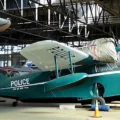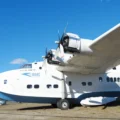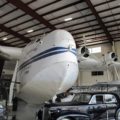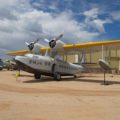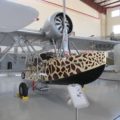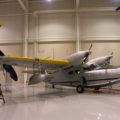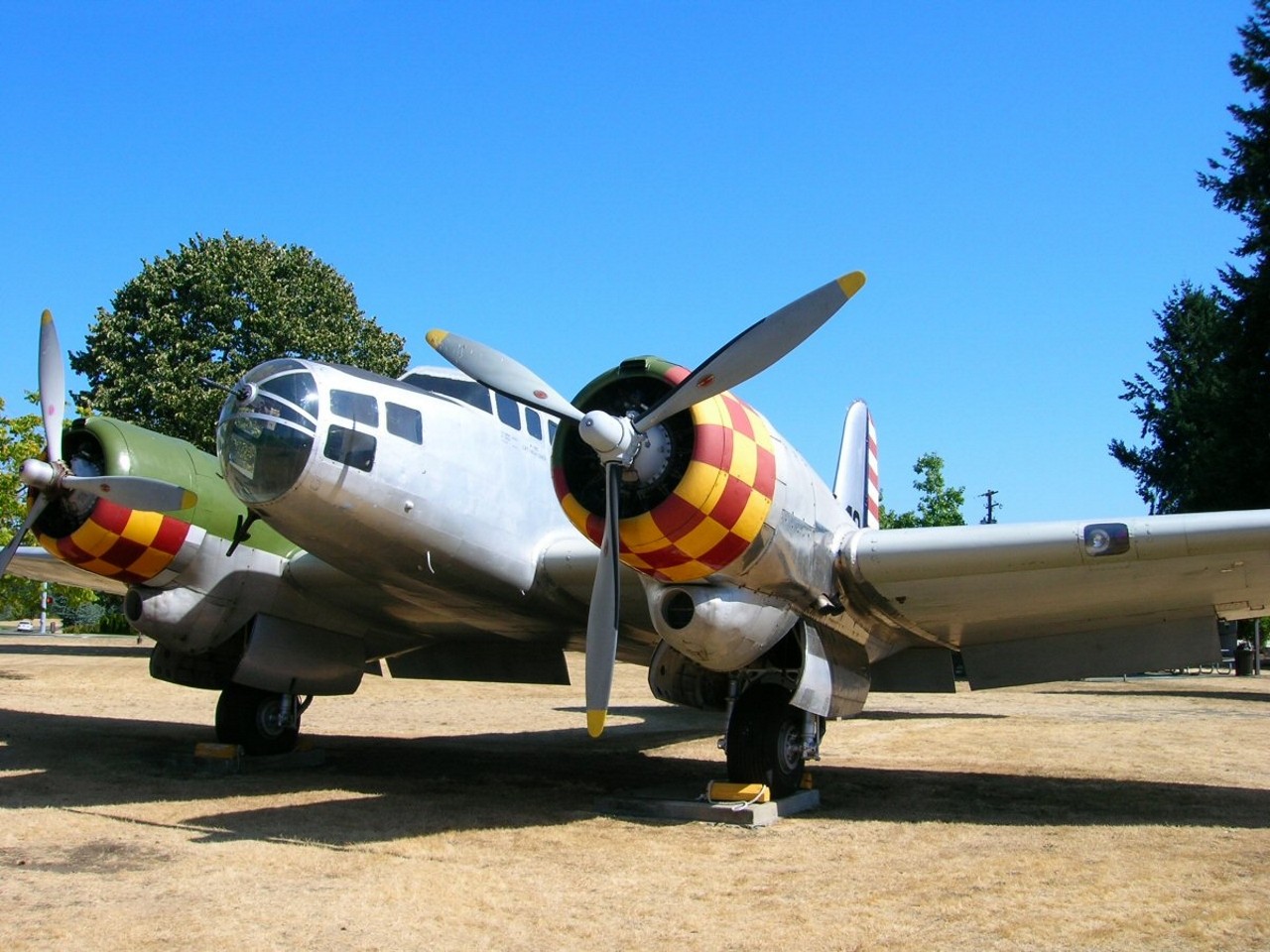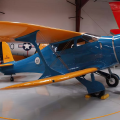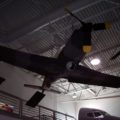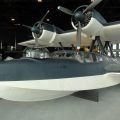
Short Sunderland | |
|---|---|
| Državi | Uk |
| Vlogo | Vojaški letali čoln bombnik |
| Prvi let | 16. oktober 1937 |
| Zgrajena | 749 |
V Kratek S.25 Sunderland was a British flying boat patrol bomber, developed and constructed by Short Brothers for the Royal Air Force (RAF). The aircraft took its service name from the town (latterly, city) and port of Sunderland in North East England. Developed in parallel with the civilian S.23 Empire flying boat, the flagship of Imperial Airways, the Sunderland was developed specifically to conform to the requirements of British Air Ministry Specification R.2/33 for a long-range patrol/reconnaissance flying boat to serve with the Royal Air Force (RAF). As designed, it served as a successor to the earlier Short Sarafand flying boat. Sharing several similarities with the S.23, it featured a more advanced aerodynamic hull and was outfitted with various offensive and defensive armaments, including machine gun turrets, bombs, aerial mines, and depth charges. The Sunderland was powered by four Bristol Pegasus XVIII radial engines and was outfitted with various detection equipment to aid combat operations, including the Leigh searchlight, the ASV Mark II and ASV Mark III radar units, and an astrodome.
| Kratek Sunderland ML814 Sprehod Okoli | |
|---|---|
| Fotograf | Igor Kolokolov |
| Lokalizacijo | Neznano |
| Fotografije | 64 |
| Kratek Sunderland MR5 Sprehod Okoli | |
|---|---|
| Fotograf | Ondrej Skarka |
| Lokalizacijo | Neznano |
| Fotografije | 43 |
Glej tudi:
V Kratka Sunderland was a British flying boat that served as a patrol bomber for the Royal Air Force during the Second World War and beyond. It was developed by Short Brothers, a company that specialized in building large seaplanes. The Sunderland was based on the civilian Short S.23 Empire, but had many modifications to suit its military role. It had a crew of 11 and was armed with several machine guns and bombs or depth charges. It could also carry radar and a searchlight for detecting enemy submarines.
The Sunderland first flew in 1937 and entered service in 1938. It was named after the city of Sunderland in North East England, where some of the aircraft were built. The Sunderland played a vital role in the Battle of the Atlantic, hunting down German U-boats and protecting Allied convoys. It also operated in other theatres of war, such as the Mediterranean and the Far East. The Sunderland earned a reputation for durability and reliability among its crews, who nicknamed it the “Flying Porcupine” because of its defensive firepower.
Sunderland je ostal v uporabi RAF-a do leta 1959, zaradi česar je bil eno najdaljših britanskih vojaških letal. Prav tako je sodeloval v berlinskem zračnem mostu in korejski vojni. Nekateri Sunderlandi so bili po vojni spremenjeni v civilna letala ali tovorna letala, druge pa so uporabljale tuje letalske sile, kot so Avstralija, Nova Zelandija, Francija in Portugalska. Skupaj 749 Sunderlandov so zgradili Short Brothers in drugi izvajalci.
Ogledov : 1104



